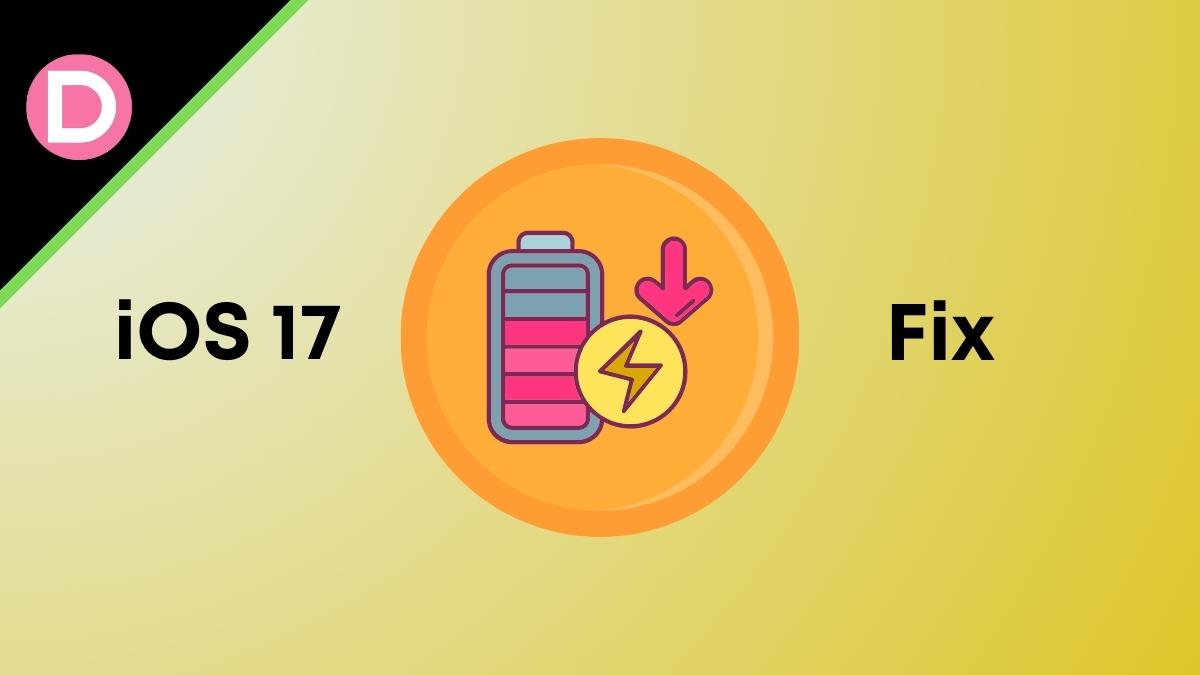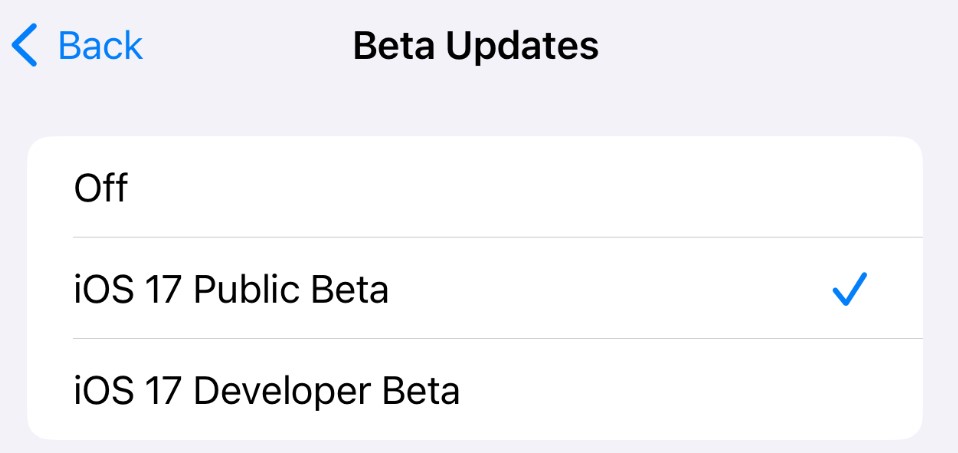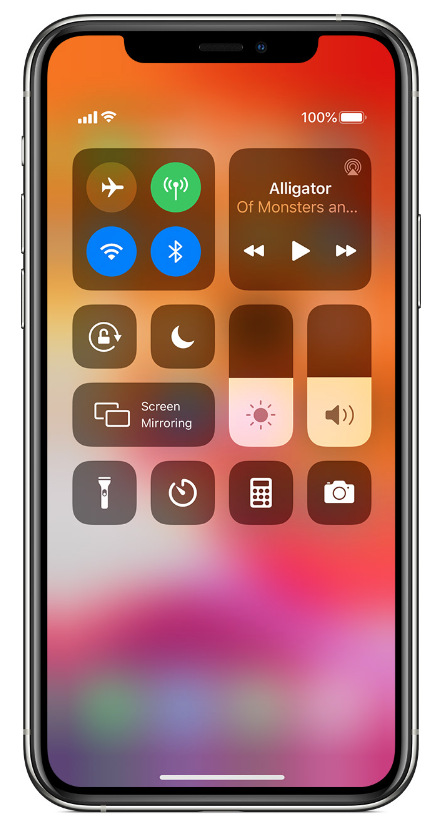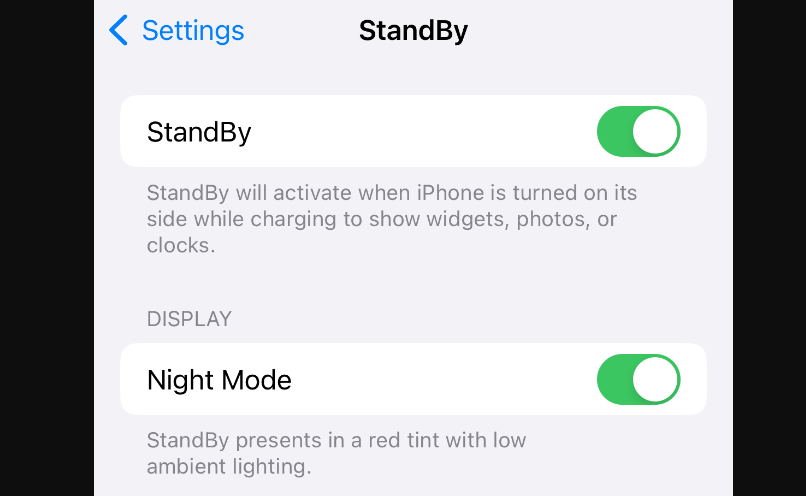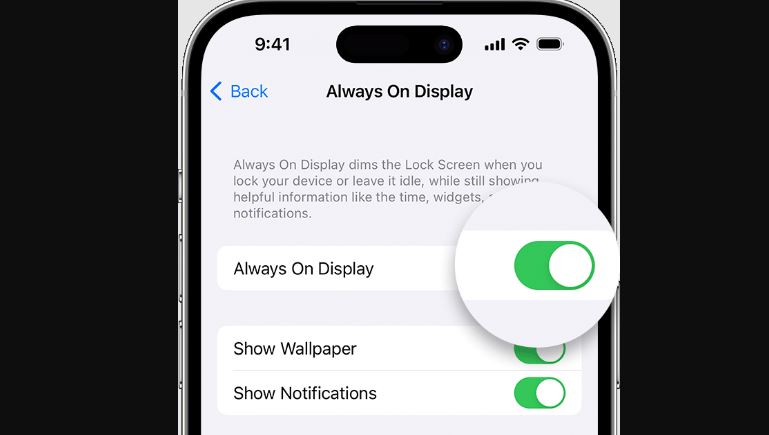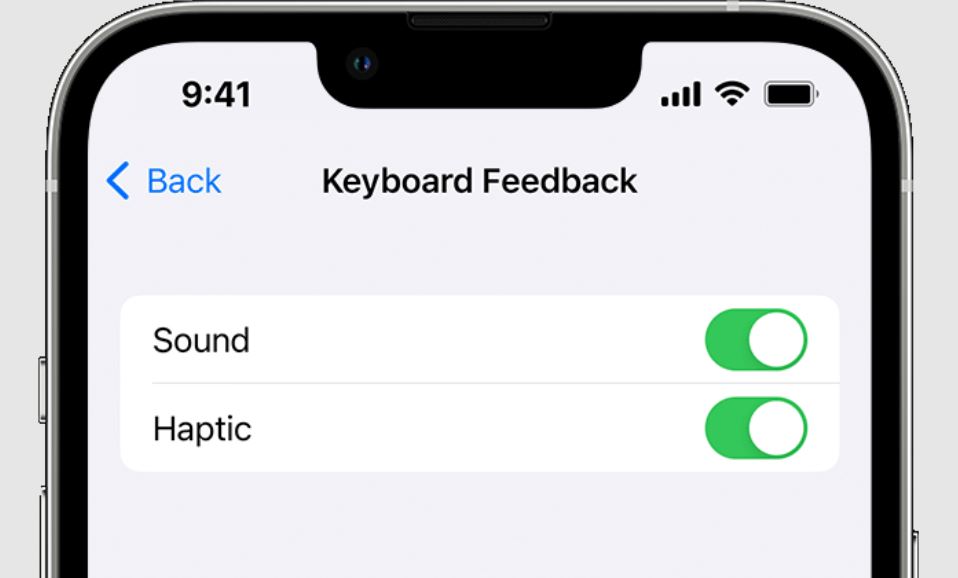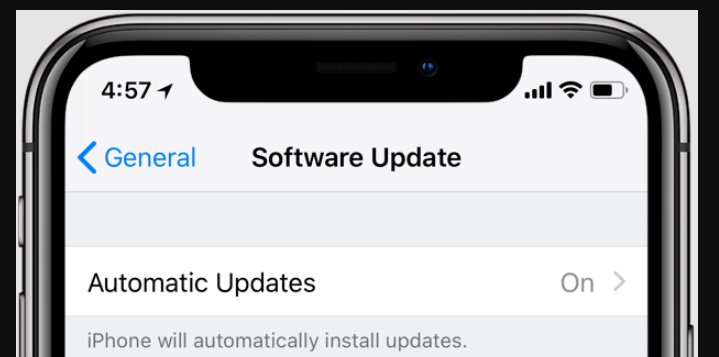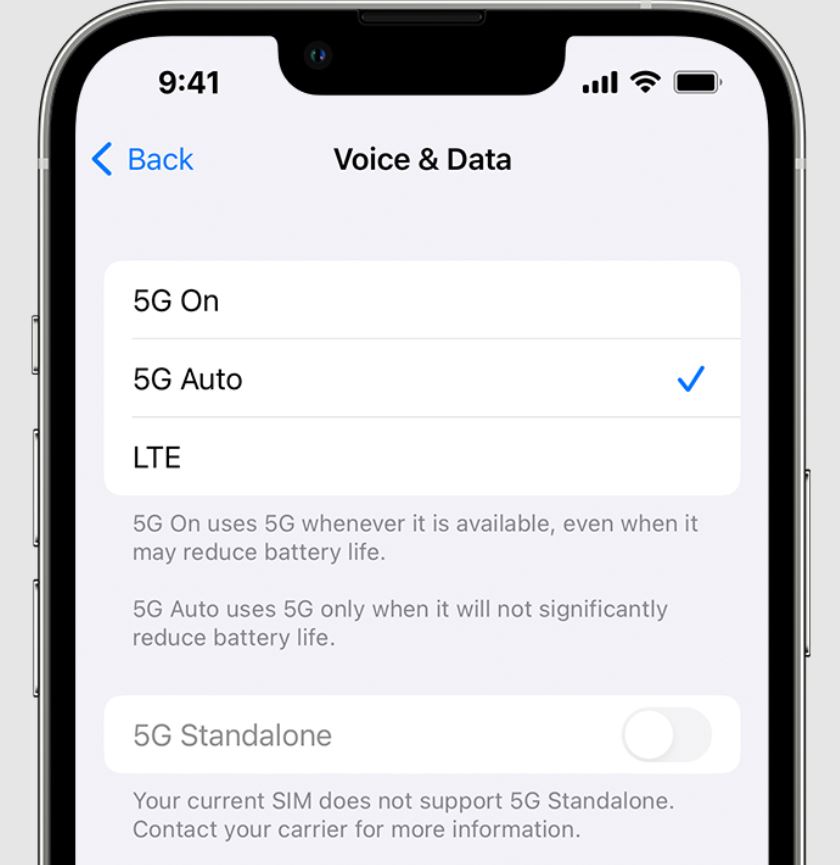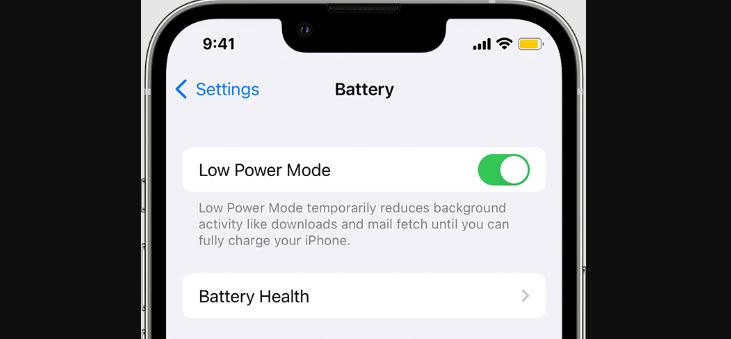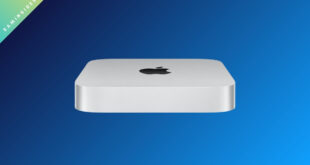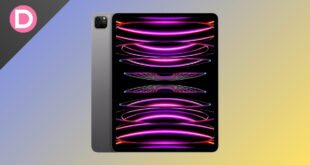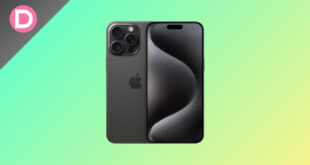September is probably the most eventful month for the smartphone market and is coming up soon. We see many events this month, one of the largest ones being the launch event by Apple. Along with a refresh to the iPhone lineup, we also get a new stable version of Apple’s smartphone operating system, iOS. This year, we will be getting iOS 17. It was unveiled in June and is currently under public beta testing. The firmware version available to download is the iOS 17 Beta 6.
One of the many quirks of any firmware in the beta stage is its adverse effect on the device. Similar is the case with the iOS 17 Beta. Among many other issues, the one that is quite probably the most widespread is the hit on battery life. It is essential to take care of that since it could not only hurt your daily usage of your phone but also harm your phone’s battery in the long run.
With this article, we have brought you ten different methods that could potentially fix the excessive battery-draining issue on your iPhone running iOS 17 or at least reduce it to an extent. If the classic fix of restarting your iPhone does not help, you will find this helpful. So, without further ado, let us get started.
1. Update to the latest version of iOS 17
Beta testing aims to iron out major bugs that appear until the final release. If you are not on the latest version of iOS 17 Beta, that could be the culprit of your battery-draining issue. Earlier versions may have a bug that could be causing this. If a newer version is available, that bug might be fixed. So, update right away if you have not already.
To check for the latest software update, open the Settings app on your iPhone. Then, tap on where it says, General. On this page, locate Software Update and tap on it. If an update is available, you will see it along with its description. Download and Install it.
2. Uninstall apps that are draining the battery from the background
Quite often, some apps use a lot of your phone’s battery. This could be due to a buggy app update or some optimization issues. The easiest way to fix this problem in this particular case is to get rid of these apps simply. You can also try updating these apps in cases where the app is necessary for you.
However, if these apps are updated to their latest version, and you do not want to uninstall them, force closing them could also be helpful. Doing so will ensure these apps do not actively run in the background. This will ultimately put some ease on your iPhone’s battery. To do so, go into the app switcher or recent apps menu by swiping up from the Home Bar; if you have an iPhone SE 2nd generation or newer, double press the Home Button to do the same. Once done, swipe up on whichever apps you do not want to run in the background.
To check out which apps are draining your iPhone’s battery more than they should, launch the Settings app. Scroll down a bit on this page until you see the Battery settings. Tap on it and then tap on Battery Usage. This will show you how much battery different apps and services use. Look for abnormal usage patterns and do the needful as required.
3. Turn off Bluetooth and mobile data when not in use
Modern-day smartphones come with a ton of features and technologies. And many times, we do not even use most of them regularly. Turning these features or services off is best since they unnecessarily hog your phone’s battery.
For instance, the Bluetooth on iPhones always stays on unless you turn it off manually from Settings. You may think that toggling it off from the control center would do that, but it does not. It just disconnects the connected devices. To turn Bluetooth off in your iPhone, head into the Settings app. Somewhere near the top, you will see Bluetooth settings. Tap on it and then turn off the toggle next to Bluetooth. This will altogether disable Bluetooth. And when you need it, you can always turn it back on.
Another thing that may cause needless battery drain on your iPhone is mobile data. If you use your iPhone on WiFi, we recommend you turn off your mobile data. Thankfully, you can do this from the control center only.
You can also turn off Location Services on your iPhone if the issue still bothers you. This functionality lets apps and services use your location data to enable several features. To turn off Location Services, open the Settings app and tap Privacy & Services. On this page, find and tap on Location Services. Here, you will find various settings. Turn off the toggle button next to Location Services. Alternatively, you can also choose which apps and services use this functionality if you have apps that need Location Services to be always on.
4. Disable Always On and StandBy modes
With iOS 17, Apple gave us the all-new StandBy mode. It enables your iPhone to display information when charging and in landscape mode. You can set it to display the clock or photos. You can even set up widgets.
While this is quite a handy feature, it affects your iPhone’s battery health. This is because of the resources used to keep the screen on and display all that information. To turn it off, open the Settings app and scroll down. Tap on StandBy when you find it. Right at the top of this page, you will see a toggle button next to the text ‘StandBy.’ Turn this off.
Also, while you are here, turn off the Always On toggle button under the Display section on this page. This feature displays the clock and the widgets on your lock screen when the screen shuts off due to inactivity. This is also a helpful feature, but it is also battery-draining.
On a slightly related note, you can remove widgets from your lock screen if you do not find them helpful. These widgets take up resources and force the associated apps to run in the background. This, in turn, drains your iPhone’s battery.
Tap and hold your finger anywhere on the lock screen to remove these widgets. Once the button to Customize appears, tap on it. Then, tap on Lock Screen and then on the option to Add Widgets. The widgets on your lock screen now show a minus sign (-) at their corners. Tap on the minus sign of whichever widget you want to remove.
5. Disable haptic feedback
Haptic feedback is the vibrating effects we get when interacting with our phones. Since these vibrations are generated from the phone’s vibration motor, using it puts a bit more strain on the battery. Therefore, turning off the haptic feedback will positively affect your iPhone’s battery life.
Launch the Settings app to turn off your iPhone’s haptic feedback. Locate Sounds & Haptics settings and tap on it. On this page, turn off all haptics available under different options.
6. Turn off automatic updates
While keeping the software and all of your apps up to date is a good practice, allowing your phone to update automatically might not be the same case. When you give your phone that permission, it actively looks for updates to ensure they are downloaded when available. This does reduce manual effort but at the cost of your phone’s resources and battery life. So, it is advisable to turn this functionality off. You can also habitually do this task yourself at set times of the week.
To turn off automatic software updates on your iPhone, open the Settings app and tap on General. Locate the Software Update section and head inside. Under the Automatic Updates section, disable all the toggle buttons. You could leave the Security Responses & System Files toggle on so you do not miss any critical software updates.
Open the Settings app again to turn off automatic app updates on your iPhone. Locate the App Store and tap on it. Under the Automatic Downloads section, turn off the toggle next to App Updates.
7. Tone down display settings
Displays on smartphones have gotten remarkably good in recent years. But then again, such high-quality panels draw more power from the phone. You can change some display settings or preferences to reduce this effect. First and foremost is the brightness. Using your phone on high brightness levels hurts your phone’s battery resource, along with harming your eyes. The optimal setting for brightness levels is the auto brightness adjustment. This feature makes your phone adjust the brightness according to the surroundings. To turn on auto-brightness, open your iPhone’s Settings app. Go to the Accessibility menu and then tap on Display & Text Size. After that, turn on Auto-Brightness from this page.
The Auto-Lock feature on iPhones is another display-related setting that could help you with this issue. It turns off your device after a set time. Launch the Settings app and go to the Display & Brightness menu to access this feature. Inside, you will find the Auto-Lock feature. Keep the chosen amount of time to something low.
After that, if you have a Pro iPhone from the iPhone 13 or 14 series, you must also be aware of the ProMotion functionality. It is just Apple’s way of naming high refresh rates. The models mentioned above come with a refresh rate of 120Hz. Since the display refreshed much more on these iPhones, they also pay for that with the battery. So, in this case, where you are already facing abnormal battery-draining issues, it would be good to turn this feature off. To do so, you open the Settings app and head into the Accessibility section. Under the Motion settings on this page, turn on the toggle next to the text ‘Limit Frame Rate.’
8. Enable Auto 5G
If you have ever used 5G networks on your iPhone, you must have noticed how much more battery it consumes over 4G networks. Fortunately, you can change this to some measure. Open the Settings app and then enter the Cellular menu.
Inside, choose Cellular Data Options and then tap on Voice & Data. Select 5G Auto from here. Enabling this feature makes your iPhone decide which network is best for you at any moment. For example, if the internet speeds on 5G are not considerably faster than 4G, it will automatically switch to a 4G network. This will tremendously help the battery life of your iPhone.
9. Use your iPhone in optimal conditions
One thing that many people seem to overlook is that the surrounding environmental conditions have a pretty considerable effect on your smartphone. So, it is recommended to use your iPhone in appropriate conditions. The temperature is one of the most important things you need to keep in check.
While smartphone batteries these days can work fine between -20°C and 60°C due to the lithium-ion technology, it is better to use them between 10°C and 30°C to ensure maximum battery life and longevity.
10. Miscellaneous
There are some other things that you could try to extend your iPhone’s battery life. One is to use it in Low Power Mode. This feature restricts several background activities. It also disables ProMotion on the Pro iPhones, enabling Dark Mode across the whole system. Dark Mode also helps in extending the battery life.
If you want to turn on the Dark Mode, you can go into the Display & Brightness section of the Settings app. There, you will find the option to enable Dark Mode.
Another thing that you should do is turn off the Raise to Wake and Tap to Wake. These settings can help you turn on your iPhone’s display simply by raising or tapping it. You can disable Raise to Wake in the same menu that contains the Dark Mode option.
To disable Tap to Wake, head into the Accessibility menu inside the Settings app and turn off the toggle next to it.
Conclusion
If absolutely nothing has worked for you so far, there are three things that you can still try. The first one of these is to reset your iPhone to factory settings. This step often helps in fixing many issues. In addition to that, it is also recommended to do the same after a major software upgrade.
To complete this process, open the Settings app on your iPhone again. Open the General menu, then tap the Transfer or Reset iPhone option. After that, tap on the option to Erase All Content and Settings. Enter your password and confirm your action when prompted. Remember to back up your data before resetting your iPhone to factory settings.
The next thing you can try is to roll back to iOS 16. Since the stable version of iOS 17 will not come any sooner than September, you may have to wait a while before upgrading.
Upgrading to iOS 17 Beta might have also degraded your iPhone’s battery health. If that is the case, and the Maximum Capacity of your iPhone has gone too low, you may have to get the battery replaced.
If you still face issues after doing all this, your device might be faulty. Contact Apple Support to get a replacement unit in that case.
